Your car's steering system is one of its most critical components, responsible for keeping you on the road and in control of your vehicle. At the heart of this system lies the steering rack, a fundamental part that often goes unnoticed until it starts causing problems. In this comprehensive guide, we will explore the steering rack, its function, signs of wear and tear, and when you should consider replacing it to ensure your safety and vehicle's optimal performance.
Understanding the Steering Rack
Before delving into when to replace a steering rack, it's essential to understand its role in your vehicle. The steering rack is a crucial part of your car's steering system, connecting the steering wheel to the wheels on the ground. Its primary function is to convert the rotational motion of the steering wheel into the linear motion needed to turn the wheels.
Here's how it works:
- Steering Input: When you turn the steering wheel, it transfers your input through the steering column to the steering rack.
- Rack and Pinion: Most modern cars use a rack-and-pinion steering system. The steering rack has teeth (racks), and a pinion gear engages with these teeth.
- Turning the Wheels: As you turn the steering wheel, the pinion gear moves along the rack's teeth, pushing or pulling the wheels to the left or right, causing your vehicle to turn.
In essence, the steering rack is responsible for the precision and responsiveness of your car's steering. Any issues with the rack can lead to reduced control, safety concerns, and a less enjoyable driving experience.
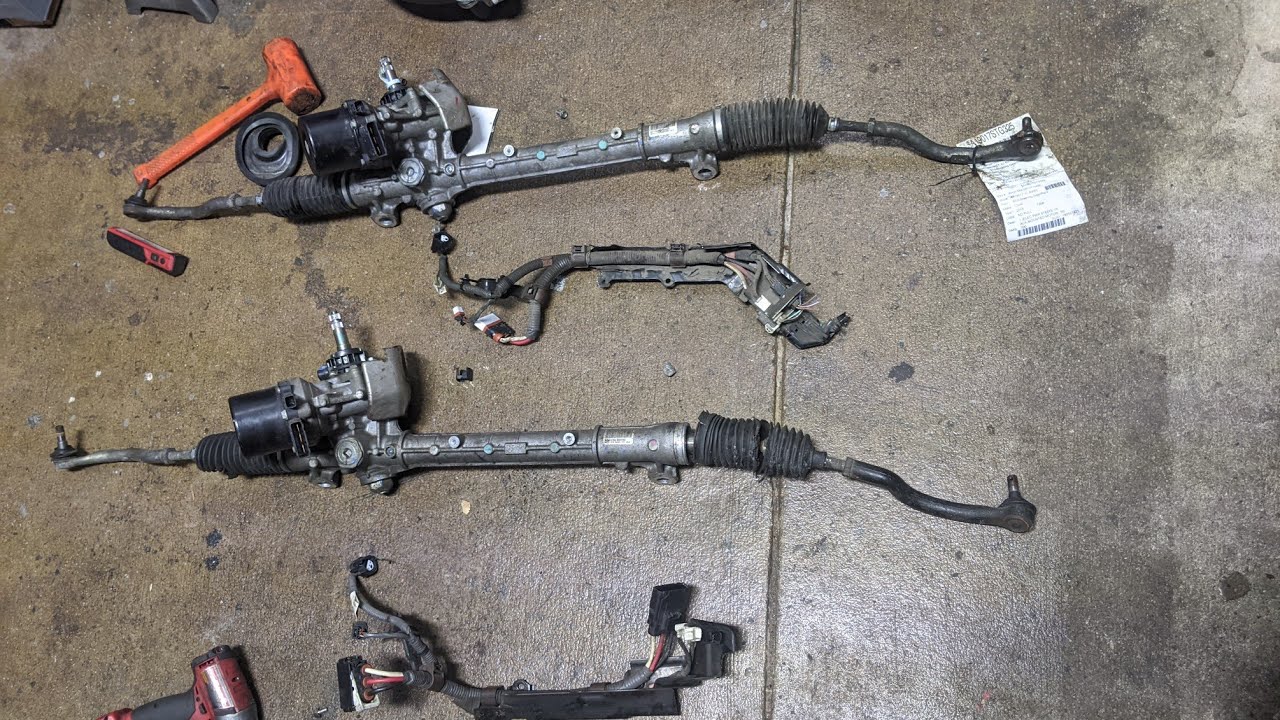
Signs of Steering Rack Wear and Tear
Now that you understand the importance of the steering rack, let's explore the signs that indicate it might be time for a replacement. Recognizing these symptoms early can save you from potential accidents and more costly repairs down the road.
1. Steering Wheel Play
If you notice excessive play or free movement in your steering wheel, it's a clear indication that something is amiss. When the steering rack wears out, the connection between the steering wheel and the wheels becomes loose, resulting in a noticeable lack of responsiveness and control.
2. Hard Steering
On the flip side, if your steering wheel feels unusually hard to turn, it could be due to a problem with the steering rack. This often happens when the internal components of the rack wear out, making it challenging to move the wheels smoothly.
3. Fluid Leaks
Power steering systems often use hydraulic fluid to assist in turning the wheels. If you spot puddles of power steering fluid beneath your vehicle, it could mean there's a leak in the steering rack's seals. Ignoring this can lead to reduced steering assistance and potential damage to other steering components.
4. Unusual Noises
Strange noises emanating from your steering system, such as clunking, whining, or grinding sounds, should never be ignored. These noises can be indicative of problems within the steering rack, such as damaged gears or worn-out bushings.
5. Uneven Tire Wear
If your tires exhibit uneven wear patterns, it can be a sign of steering rack issues. When the steering rack is not functioning correctly, it can cause the wheels to turn unevenly, resulting in uneven tire wear. Regularly inspect your tires, and if you notice unusual wear patterns, have your steering system checked.
6. Vibrations
Experiencing vibrations in your steering wheel while driving can be another sign of a deteriorating steering rack. These vibrations can make your vehicle feel unstable and unsafe, especially at higher speeds.
7. Steering Wheel Off-Center
If your steering wheel is not properly centered when driving straight, it may indicate a problem with the steering rack. This misalignment can affect your vehicle's handling and, more importantly, its safety.
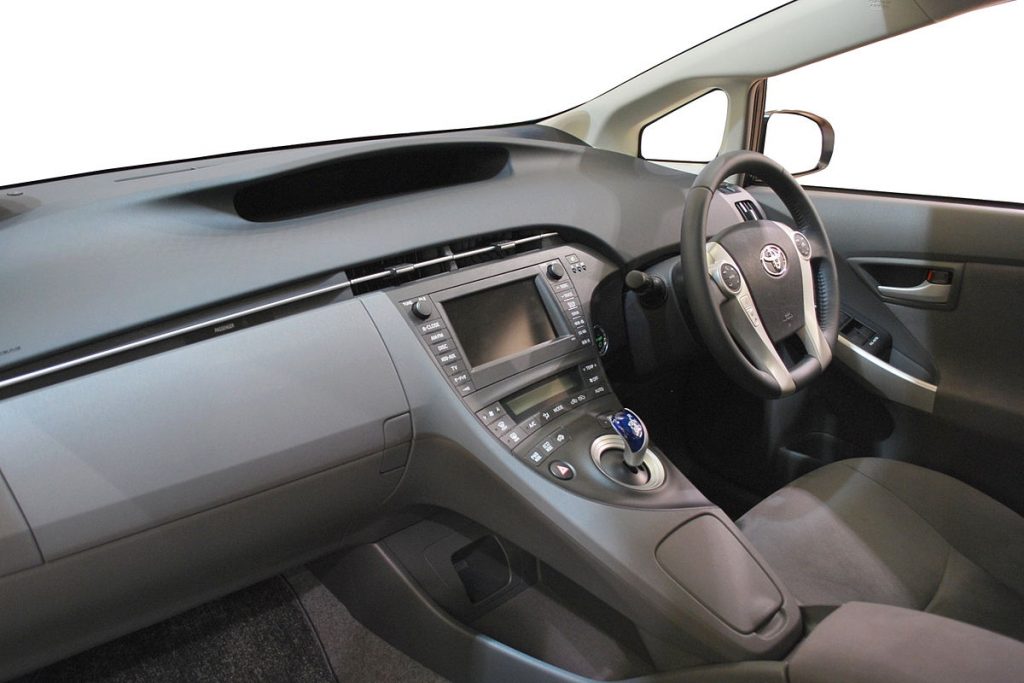
When to Replace the Steering Rack
Now that you're aware of the signs of steering rack wear and tear, the question remains: when should you replace it? The answer depends on various factors, including your vehicle's make and model, driving habits, and maintenance history. However, here are some general guidelines to help you determine when it's time for a replacement:
1. Mileage
As a general rule of thumb, steering racks tend to last between 100,000 and 150,000 miles. However, this can vary widely depending on the quality of the components and how well the vehicle has been maintained. If your car has reached this mileage range and you're experiencing any of the aforementioned symptoms, it's a good idea to have the steering rack inspected.
2. Severity of Symptoms
The severity of the symptoms you're experiencing plays a crucial role in determining when to replace the steering rack. If the issues are minor and pose no immediate safety concerns, you might opt to wait a bit longer. However, if the symptoms are severe and affecting your ability to steer and control the vehicle, it's best not to delay the replacement.
3. Inspection by a Professional
Regular inspections by a qualified mechanic are essential to catch steering rack issues early. During routine maintenance or when you notice any of the signs mentioned earlier, have a professional inspect your steering system. They can assess the condition of the rack and recommend replacement if necessary.
4. Vehicle Age
The age of your vehicle can also impact the lifespan of the steering rack. Older vehicles may experience wear and tear more quickly due to factors like rust and corrosion. If you have an older car with steering issues, it's wise to consider a replacement sooner rather than later.
5. Driving Conditions
If you frequently drive in challenging conditions, such as off-road or on poorly maintained roads, your steering rack may wear out faster. These conditions put additional stress on the steering system, accelerating the need for replacement.
The Importance of Timely Replacement
Replacing a worn-out steering rack is not just about maintaining your vehicle; it's about ensuring your safety on the road. A malfunctioning steering rack can lead to loss of control, accidents, and even fatalities. Therefore, it's crucial to take action promptly if you suspect any issues with your steering system.
Here are some reasons why timely replacement is essential:
1. Safety First
Your safety and the safety of your passengers should always be the top priority. A faulty steering rack can result in unpredictable and dangerous driving conditions. Replacing it when needed ensures that you have full control of your vehicle.
2. Avoid Costly Repairs
Ignoring steering rack issues can lead to more extensive damage to other steering components. The longer you wait, the more expensive the repairs can become. Addressing the problem early can save you money in the long run.
3. Preserve Vehicle Performance
A well-functioning steering system is essential for your vehicle's performance. Replacing a worn steering rack will help maintain your car's handling, responsiveness, and overall driving experience.
4. Legal and Insurance Implications
In some jurisdictions, driving a vehicle with known safety issues can lead to legal troubles if an accident occurs. Additionally, insurance companies may deny claims if they determine that a known mechanical issue contributed to the accident. Replacing the steering rack when necessary helps you stay on the right side of the law and insurance requirements.
How to Replace a Steering Rack
While the replacement of a steering rack is a complex and labor-intensive task best left to professionals, it's helpful to understand the general process. Here's a simplified overview of the steps involved:
1. Safety First: Ensure your vehicle is on a level surface, the engine is turned off, and the ignition key is removed. Additionally, use safety stands to support the vehicle securely.
2. Disconnect Components: Disconnect the negative terminal of the battery to prevent any electrical mishaps. Then, remove the wheels, as well as any components that obstruct access to the steering rack, such as the tie rod ends and steering column.
3. Drain Fluid: If your vehicle has a power steering system, drain the power steering fluid to prevent any spills during the removal process. Properly dispose of the old fluid according to local regulations.
4. Remove the Rack: The steering rack is typically mounted to the vehicle's chassis. Carefully detach it, taking care not to damage any surrounding components. This step may require removing additional brackets or fasteners.
5. Replace Seals and Bushings: If you're installing a new steering rack, transfer any seals or bushings from the old rack to the new one. Make sure to use new seals and gaskets if required.
6. Install the New Rack: Position the new steering rack in place, aligning it with the existing mounting points. Reattach any brackets, fasteners, or hardware that you removed during disassembly.
7. Connect Components: Reconnect the tie rod ends and the steering column to the new rack. Ensure that all connections are tightened to the manufacturer's specifications.
8. Refill Fluid: If your vehicle has a power steering system, refill it with the appropriate type and amount of power steering fluid. Refer to your vehicle's manual for the correct specifications.
9. Bleed the System: If necessary, bleed the power steering system to remove any air bubbles. This step ensures proper functioning of the system.
10. Alignment: After replacing the steering rack, it's essential to have your vehicle's wheels aligned by a professional. This ensures that your vehicle steers straight and handles correctly.
11. Test Drive: Take your vehicle for a test drive to ensure that the steering is responsive, and there are no unusual noises or vibrations.
12. Final Check: Double-check all connections, fasteners, and fluid levels. Ensure that everything is in proper working order before returning the vehicle to regular use.
Keep in mind that this is a simplified overview, and the exact replacement process can vary depending on your vehicle's make and model. It's highly recommended to have a qualified mechanic perform the replacement to ensure it's done correctly and safely.
Steering Rack Replacement Cost
The cost of replacing a steering rack can vary significantly based on several factors:
- Vehicle Make and Model: Different vehicles have different steering rack designs and accessibility, affecting labor costs.
- Quality of Replacement Parts: Higher-quality replacement parts may come with a higher price tag but can offer better longevity and performance.
- Labor Costs: Labor charges can vary widely depending on the repair shop's location, expertise, and hourly rates.
- Additional Repairs: If other steering components or systems are damaged, such as tie rod ends or power steering pumps, they may need replacement, adding to the overall cost.
As a rough estimate, a steering rack replacement can cost anywhere from $300 to $1,000 or more, including parts and labor. It's advisable to obtain quotes from several reputable repair shops to get a better idea of the cost specific to your vehicle.
In Conclusion
The steering rack is a critical component of your vehicle's steering system, responsible for your safety and driving experience. Recognizing the signs of wear and tear and knowing when to replace it is essential for maintaining your vehicle's performance and your safety on the road.
If you experience any of the symptoms mentioned earlier or suspect issues with your steering rack, don't delay in having it inspected by a professional mechanic. Timely replacement, when necessary, not only ensures your safety but also avoids more costly repairs and preserves your vehicle's performance.
Remember that proper maintenance and regular inspections are key to extending the life of your steering system and ensuring that your car remains a reliable and safe mode of transportation. Your steering rack may not always be in the spotlight, but it plays a crucial role in keeping you on the right path while driving.
The Previous Articles:
What Is Rack and Pinion Bushing? How To Tell If Rack and Pinion Bushings Are Bad?
Why Steering Rack Makes Noise When Turning?
How To Rebuild A Steering Rack?
What Is A Rotary Valve Power Steering Rack?
Rack And Pinion System Vs Power Steering System: What Are The Differences?
Power Steering Rack Market Analysis Report (Japan Market)
What Causes Steering Rack to Go Bad?
Design Of Car Rack And Pinion Steering Racks
What Is The Intelligent Steering Rack Used By VW, Toyota, Honda And Renault?
Understanding Steering Angle Sensors: A Detailed Overview
Demystifying Power Steering Fluid: Understanding Its Role in Steering Systems
What is steering rack repair kit?
What is power steering reservoirs?
Understanding the Severity of Rack and Pinion Leaks in Your Vehicle
How to Find a Reliable Supplier of Steering Rack in China? Why You Should Choose Us?
What Is a Steering Rack Belt: Exploring the Role of Electric Steering Rack Belts
What Causes Drive Shaft Failure?
Steering Rack: When Should You Replace It?
Is Steering Rack Expensive to Fix? Exploring Steering Rack Repair and Costs
Demystifying the Difference Between Steering Rack and Steering Column

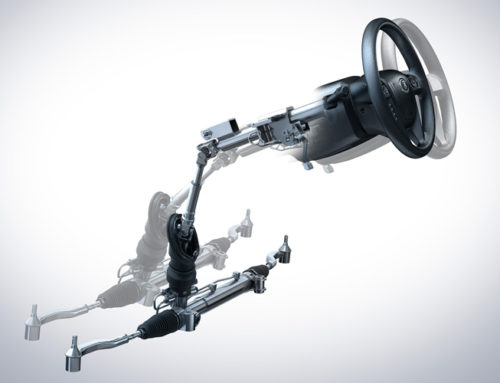
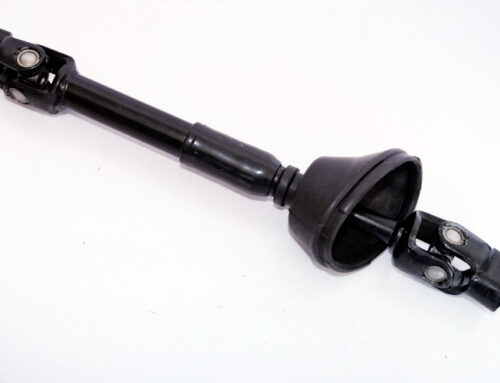
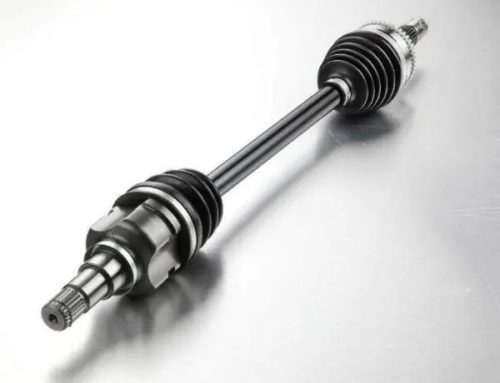
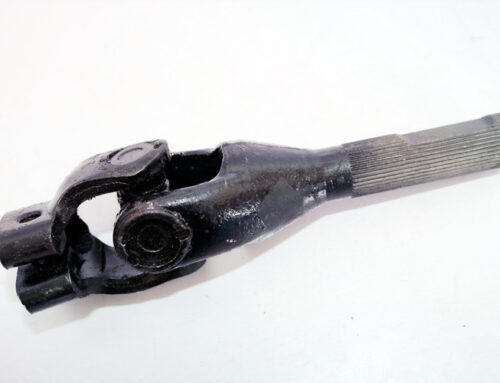

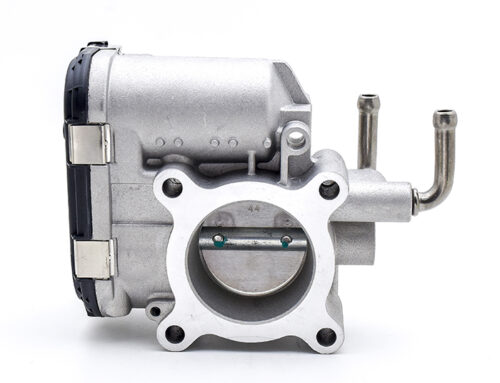
Great write-up, I am normal visitor of one’s blog, maintain up the excellent operate, and It’s going to be a regular visitor for a lengthy time.
Hello. remarkable job. I did not expect this. This is a great story. Thanks!